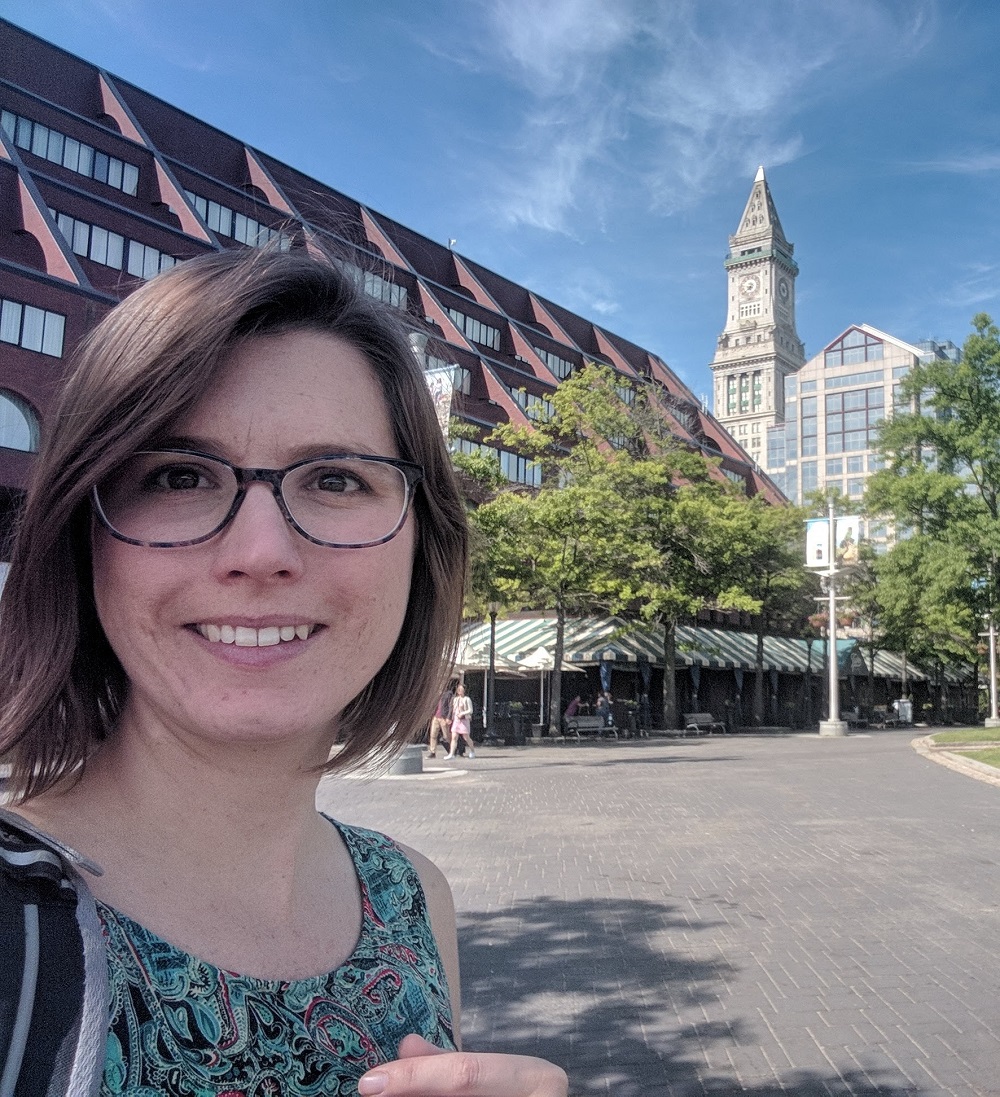PS Webinar Series: The many fungal hosts of ToxA - Near complete genomes give new insight into old stories of horizontal gene transfer
Most known examples of horizontal gene transfer (HGT) between eukaryotes are ancient. These events are identified primarily using phylogenetic methods on coding regions alone.
Speakers
Event series
Cost
Cost per person: 0.00
Content navigation
Description

Abstract - Most known examples of horizontal gene transfer (HGT) between eukaryotes are ancient. These events are identified primarily using phylogenetic methods on coding regions alone. Only rarely are there examples of HGT where non-coding DNA is also reported. The gene encoding the wheat virulence protein ToxA and surrounding 14 kb is one of these rare examples. ToxA has been horizontally transferred between three fungal wheat pathogens (Parastagonospora nodorum, Pyrenophora tritici-repentis and Bipolaris sorokiniana) as part of a conserved ~14kb element, which contains coding and non-coding regions. Here we use long-read sequencing to define the extent of HGT between these three fungal species. Construction of near-chromosomal level assemblies enabled identification of terminal inverted repeats on either end of the 14kb region, typical of a Type II DNA transposon. This is the first description of ToxA with complete transposon features, which we call ToxhAT. In all three species, ToxhAT resides in a large (140-250 kb) transposon-rich genomic island which is absent in toxA- isolates. We demonstrate that the horizontal transfer of ToxhAT between P. tritici-repentis and P. nodorum occurred as part of a large ~80kb HGT which is now undergoing extensive decay. In contrast, in B. sorokiniana ToxhAT and its resident genomic island are mobile within the genome. Together these data provide insight into the non-coding regions that facilitate HGT between eukaryotes and the genomic processes which mask the extent of HGT between these species.
Biography - Megan McDonald is a Postdoctoral Fellow at the Australian National University, where she uses next-generation sequencing tools identify and characterise virulence genes from fungal pathogens of wheat. Megan’s background is in population genetics of plant pathogens, studying their origins and global movement during her PhD at the ETH in Zürich Switzerland. Megan’s most recent projects use long-read sequencing to characterize genome plasticity and horizontal gene transfer in several important fungal wheat pathogens.
Location
Please click the link below to join the webinar:
https://anu.zoom.us/j/98251262523
Or iPhone one-tap :
Australia: +61731853730,,98251262523# or +61861193900,,98251262523#




